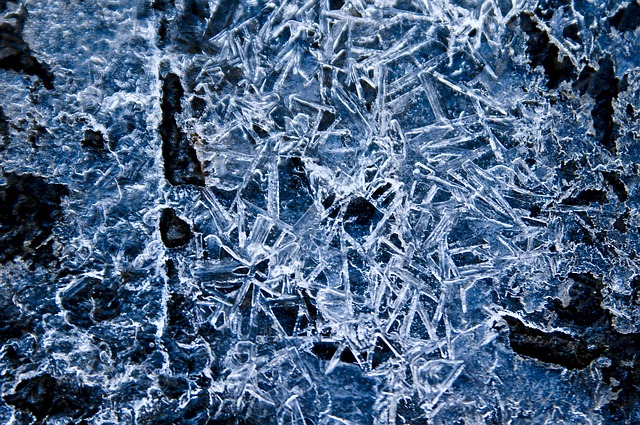
Skin cryotherapy and the form of cryotherapy popularized by celebrities are very different. The frequent image of cryotherapy is of a football star standing in a large silver tube with plumes of cold smoke around his face — an enticing picture, and a bit frightening too — but we assure you, the dermatological procedure is less sensational.
Whole body cryotherapy (WBC) is where a person goes inside a freezing tank (usually with their head out) and, as the name suggests, exposes their whole body to the cold. Centers that administer WBC are not required to have medical certification in most states.
The dermatological form is localized cryotherapy, where a probe is used to freeze small areas of skin for removal, a very common procedure dermatologists use all the time to remove warts and treat skin lesions. Here’s the difference between the two, and examples of when localized cryotherapy can be beneficial to your skin.
The temperatures in tanks used for WBC are as low as -300 degrees Fahrenheit, so patients expose themselves to the cold for a couple of minutes at most. Why would someone want to make themselves feel like a polar bear? Fans say that cold temperatures reduce swelling, inflammation, and pain by causing blood vessels to restrict. Using cold on an injury is familiar to anyone who has had a minor fall and used an ice pack to reduce the blood flow and swelling to the area.
Whole body cryotherapy was created in the 1970s by Toshima Yamauchi, a Japanese doctor who used it to treat the pain of rheumatoid arthritis patients. Since then, athletes like Shaquille O’Neal have used it as part of training, and celebrities have claimed it helps with weight loss and aging. Newer forms of body cryotherapy include cryo facials and smaller applications to inflamed areas like knees and wrists. There are even some centers that advertise it as a hangover cure! Keep in mind that this form is considered a performance and wellness practice and does not require a medical degree to administer in most states, so WBC providers should be selected carefully.
While it’s less fun to take pictures of, localized cryotherapy is a common medical treatment performed by dermatologists to freeze and remove skin lesions and abnormal tissues. It is sometimes called cryosurgery. In other areas of medicine, doctors use cryotherapy to treat early prostate cancer and remove abnormal cells from the cervix. Some people might remember having warts frozen off as children with this method, called liquid nitrogen therapy, where it’s often used for wart removal. Cryotherapy is useful for a range of skin treatments for patients of all ages, from the removal of skin tags to cancerous moles.
Here’s how it works in dermatology: With a probe, spray, or swab, an icy substance is applied to a small area. Usually, it’s liquid nitrogen, carbon dioxide, or argon that create these freezing temperatures. When applied directly to the skin, the sudden and intense cold creates formations of ice crystals inside the skin cells, killing the undesired cells on contact. The whole procedure takes a few minutes at most.
This method can be used to remove tumors, precancerous lesions, or cancerous cells. Cryotherapy is especially useful for early stages of skin cancer including basal cell and squamous cell carcinomas. It can also be used to remove thick patches of skin known as actinic keratosis, which can become cancerous if not treated.
Cryo means “ice cold” in Greek, and the patient can expect to feel the cold, but little pain. In some cases, the surrounding area is numbed before treatment. There is usually no bleeding, and the procedure can be repeated as needed. Afterward, the area may be sensitive and scab over for a brief period, or a small blister may form. If the area removed was large, there may be some swelling or minor scarring, but it is much less invasive than a traditional surgery.
After treatment, patients will need to keep the skin clean and sometimes wear a small bandage to protect the new skin as it forms. Depending on the case, there may be one round of cryotherapy, or several. Because the treatment is applied only to a small area, the surrounding skin remains healthy and most people return to normal activity immediately.
For a dermatological consultation in NYC, schedule an appointment with The Dermatology Specialists today.